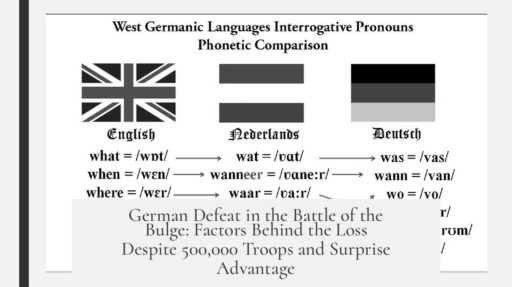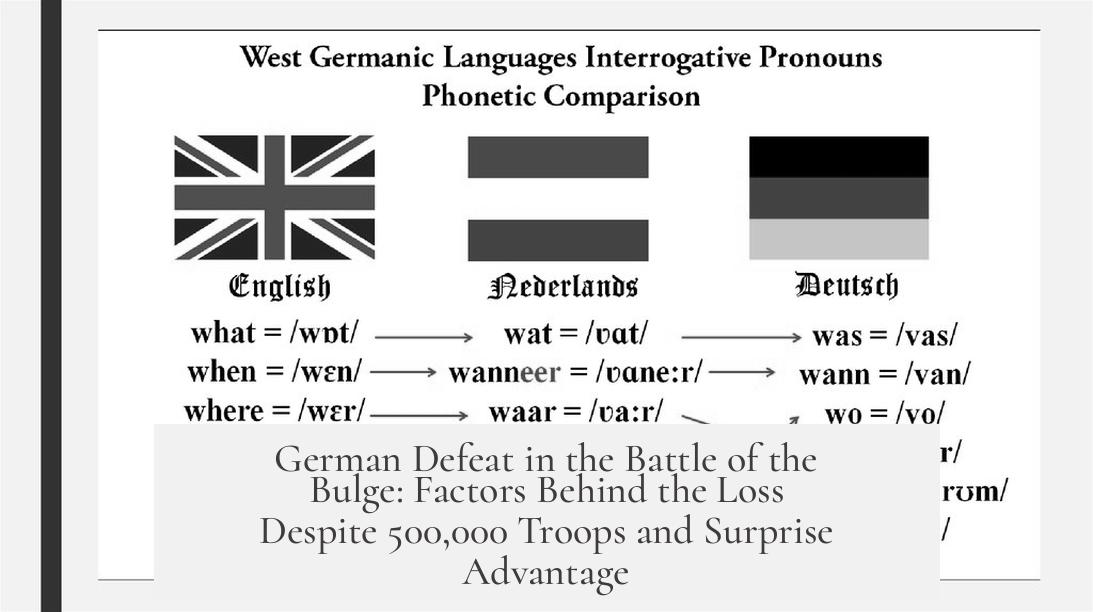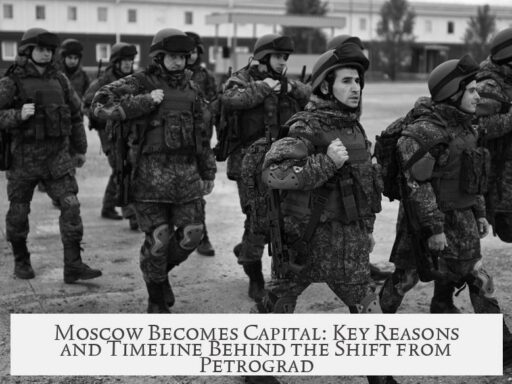The Germans lost the Battle of the Bulge despite having 500,000 men and the advantage of surprise primarily due to critical fuel shortages, unrealistic operational goals, difficult terrain and weather, strong Allied resistance, poor troop quality, loss of air support, and logistical constraints. These combined challenges prevented the Germans from maintaining momentum and achieving their objective of a swift advance to Antwerp.
Fuel shortages severely limited German operational mobility. By late 1944, Germany faced a critical fuel crisis after losing the Romanian oil fields to the Soviets. Their mechanized divisions depended on capturing Allied fuel stockpiles during the offensive, but these were insufficient. Once the initial momentum stalled, the Germans ran out of gas, halting their advance and losing the vital element of surprise.
German planners set overly ambitious objectives requiring an advance of approximately 160 kilometers to Antwerp within a week. This speed was unrealistic given the resources and conditions. The plan hinged on rapid, unopposed advances, with insufficient fuel and a force partly composed of green, poorly trained troops. High command skepticism was ignored, as Hitler insisted on an all-or-nothing gamble.
Terrain and weather compounded these difficulties. The Ardennes region featured rugged, forested terrain with poor roads. Mechanized units struggled to maneuver off-road, and narrow routes became chokepoints. American defensive pockets created traffic jams and confusion, wasting fuel as vehicles idled or detoured. Harsh winter weather further degraded roads and hampered movement, disrupting supply lines and slowing progress.
The Allies reacted swiftly and decisively. From the offensive’s first night, Allied commanders recognized the scale of the attack and rapidly deployed reinforcements. Within days, they brought superior numbers and equipment to bear. The U.S. 1st Infantry Division notably held Elsenborn Ridge, repelling elite SS Panzer divisions and blunting the German advance. Allied superiority grew as more troops and armor arrived, ultimately outnumbering the Germans 540,000 to 450,000 and enjoying a 3:1 advantage in armor.
German troop quality further weakened the offensive. Many German units consisted of inexperienced, hastily trained recruits replacing heavy losses in Normandy and elsewhere. Reports suggest that some green American troops were better trained or benefited from the defensive posture, which generally favors less experienced soldiers. German supply shortages and inferior training reduced combat effectiveness and cohesion.
German air power was another critical deficit. The Luftwaffe was a fraction of its former strength and mainly comprised green pilots. The costly Bodenplatte raids, aiming to destroy Allied airfields, drained German air assets without significant lasting gain. Once weather conditions improved, Allied air forces regained full operations, establishing air supremacy. This deprived German ground forces of crucial air support, exposing them to strikes and reconnaissance while limiting their operational flexibility.
Logistical weaknesses intensified German problems. Their capability to sustain large mechanized forces was stretched to the breaking point. Fuel, ammunition, and spare parts were scarce. The offensive deployed many outdated tanks, such as older Panzer models, that could not match Allied armor in both quality and quantity. Poor roads, Allied resistance pockets, and occasional air raids hindered resupply efforts, leaving frontline units undersupplied.
Speed and surprise were central to the German plan but proved elusive. Initial bad weather grounded Allied aircraft, giving the Germans some cover. However, weather also impaired their own movement. Delays from terrain, resistance, and logistical failures allowed the Allies to regroup and reinforce. Losing momentum ended the chance for a quick victory. Without rapid success, the offensive ground to a halt.
| Factor | Impact |
|---|---|
| Fuel Shortages | Cut mechanized mobility, halted offensive progress |
| Unrealistic Goals | Overstretched forces requiring rapid advance that failed |
| Terrain & Weather | Constrained movement, created bottlenecks, wasted fuel |
| Allied Response | Swift reinforcement and superior forces blunted attack |
| Troop Quality | Inexperienced German soldiers reduced combat effectiveness |
| Air Supremacy | Allies dominated the skies, denying German air support |
| Logistics & Equipment | Supply shortages and outdated armor weakened offensive |
- German fuel shortages critically undermined mechanized operations.
- Ambitious plans demanded rapid advances that were impossible under conditions.
- Challenging terrain and winter weather hindered movement and logistics.
- Prompt Allied reinforcements and superior forces countered the offensive effectively.
- Many German troops were inexperienced and poorly supplied.
- Luftwaffe losses allowed Allied air supremacy to dominate the battlefield.
- Overall logistical collapse and inferior equipment doomed the German effort.




